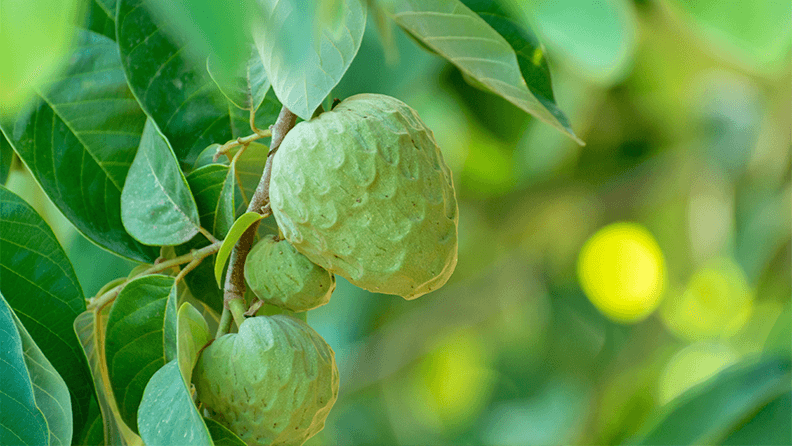strawberry tree
- Scarlet Allen
- Jun 30, 2023
- 3 min read
arbutus unedo

Habitats: woodland, scrub and rocky hillsides, often on limestone and sandstone
Bloom color: pink, white.
Main bloom time: Early fall to late winter
Harvest time: Early fall to late winter
Growth: 3-5 meters high
Edible parts: Fruit raw or cooked
Other uses: medicinal use, wood working
Plants present at Son Selva: 3
On a short hike, I got to know my new favorite tree: the strawberry tree or madroño in spanish. The ripe, bright orange-red fruits were hard to miss and after a short research, I dared to try the first tree strawberry. They are reminiscent of apricot in terms of taste and consistency. The flesh is soft, very sweet and the rough skin takes some getting used to. It was the perfect snack for our hike!
Arbutus unedo
The western strawberry tree (arbutus unedo) is an evergreen shrub or tree with a stature height of 3 to 5 meters. It blooms from October to December and also bears its fruit at the same time, which actually doesn't look like strawberries at all.
It occurs in evergreen forests in the region around the Mediterranean Sea, but also on the Atlantic coast as far as Ireland. However, the madroño is rarely cultivated due to the short shelf life of the fruit. The fruits can be eaten raw or processed into jam. In Portugal, the fruits are distilled into a clear schnapps called medronho, which is typical of the region.
In terms of permaculture, the strawberry tree has many uses: As a pioneer plant that also grows well on poor soils, it can be used in a variety of situations and help restore degraded ecosystems and reforest Mediterranean forests. The flowers are an important source of nectar and pollen for bees, while the fruits are food for the birds. For me, however, three other properties of the tree are of interest for my forest garden project: The Arbutus unedo is salt-tolerant, fire-resistant and can withstand a high pH value (more on this in the next month). So one thing is already clear to me: the strawberry tree will be one of the first plants to find their way onto my property and thus lay the foundation stone for the forest garden.
Medicinal uses
All parts of the plant contain ethyl gallate, a substance that possesses strong antibiotic activity against the mycobacterium bacteria. The leaves, bark and root are astringent and diuretic. They are also a renal antiseptic and so are of use in the treatment of affections of the urinary system such as cystitis and urethritis. Their astringent action makes them of use in the treatment of diarrhoea and dysentery and, like many other astringent plants, a gargle can be made for treating sore and irritated throats. The leaves are gathered in the summer and dried for later use.
The hike and Banyalbufar
Our strawberry tree hike led from the picturesque town of Banyalbufar to Port des Canonge, approx. 9 km along the coast and back again. In September 2020 there was a powerful storm around Banyalbufar, in which numerous buildings were damaged and trees were destroyed. Then the region was declared a disaster area. The consequences of the storm can still be seen clearly today. Where there was once a dense pine forest, you can see the sea today. But in nature, destruction always means that space is created for something new. The missing treetops of the pine trees allowed other plants to take up more light and space. For the first time I noticed the holm oaks and strawberry trees, which are now benefiting from the effects of the storm and are increasingly establishing themselves in the forest.
The hike leads to a small pebble beach and then to the fishing village of Port des Canonge. According to my hiking guide, it is the route with the smallest gradient on the west coast and can therefore also be recommended for lazy people.













Comments